The Wind Anemometers Market is currently characterized by a dynamic competitive landscape, driven by increasing demand for accurate wind measurement in various sectors, including renewable energy, meteorology, and aviation. Key players such as Vaisala (FI), Thies Clima (DE), and Kestrel (US) are strategically positioned to leverage their technological advancements and extensive product portfolios. Vaisala (FI) focuses on innovation in sensor technology, enhancing the precision of its anemometers, while Thies Clima (DE) emphasizes regional expansion, particularly in Europe, to capture a larger market share. Kestrel (US) is known for its user-friendly portable devices, appealing to both professional and amateur meteorologists, thus diversifying its customer base. Collectively, these strategies contribute to a competitive environment that is increasingly centered around technological innovation and customer-centric solutions.
In terms of business tactics, companies are increasingly localizing manufacturing to reduce costs and improve supply chain efficiency. This trend is particularly evident in the Wind Anemometers Market, which appears to be moderately fragmented, with several players vying for market share. The collective influence of key players is significant, as they engage in strategic partnerships and collaborations to enhance their product offerings and market reach, thereby shaping the overall market structure.
In August 2025, Vaisala (FI) announced a partnership with a leading renewable energy firm to develop advanced wind measurement solutions tailored for offshore wind farms. This collaboration is strategically important as it aligns with the growing emphasis on renewable energy sources, positioning Vaisala as a key player in the sustainable energy sector. The partnership is expected to enhance Vaisala's product capabilities and expand its market presence in the rapidly evolving offshore wind industry.
In September 2025, Thies Clima (DE) launched a new line of anemometers designed specifically for harsh environmental conditions, targeting the meteorological and maritime sectors. This product launch is significant as it demonstrates Thies Clima's commitment to innovation and its ability to meet the diverse needs of its customers. By addressing the challenges faced in extreme weather conditions, Thies Clima is likely to strengthen its competitive position and attract new clients in specialized markets.
In July 2025, Kestrel (US) introduced a digital platform that integrates its anemometer data with cloud-based analytics, allowing users to monitor wind conditions in real-time. This move reflects a broader trend towards digitalization in the industry, enhancing user experience and providing valuable insights for decision-making. Kestrel's focus on technology integration may provide a competitive edge, as it caters to the increasing demand for data-driven solutions in various applications.
As of October 2025, the Wind Anemometers Market is witnessing trends such as digitalization, sustainability, and the integration of artificial intelligence in product offerings. Strategic alliances are becoming increasingly important, as companies seek to enhance their technological capabilities and market reach. Looking ahead, competitive differentiation is likely to evolve from traditional price-based competition to a focus on innovation, advanced technology, and supply chain reliability, reflecting the changing dynamics of the market.


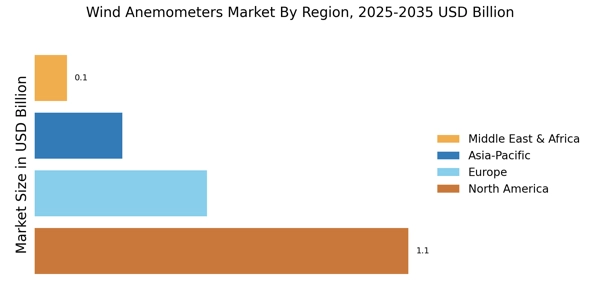


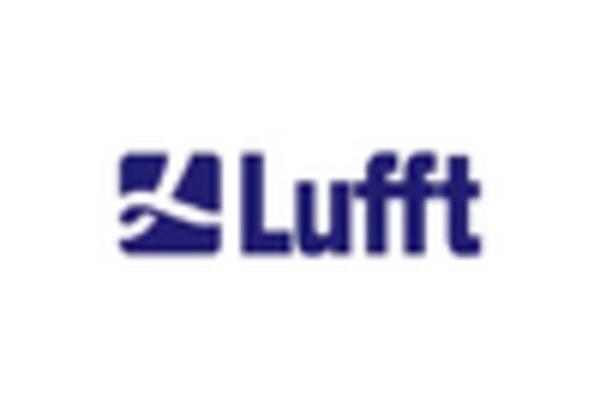
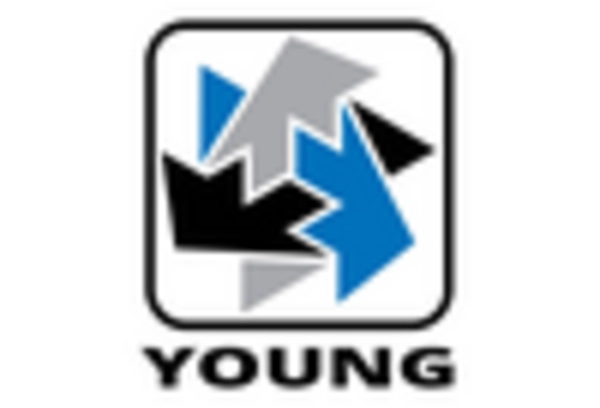
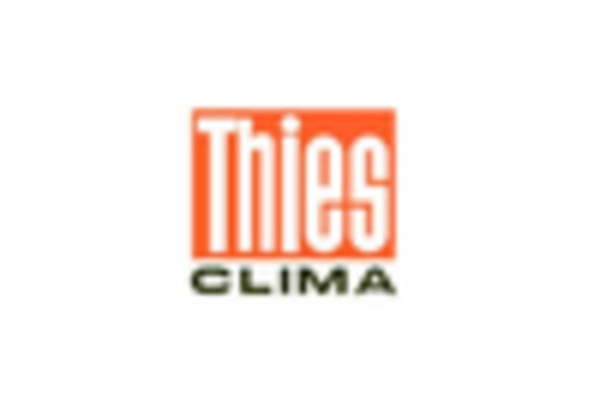
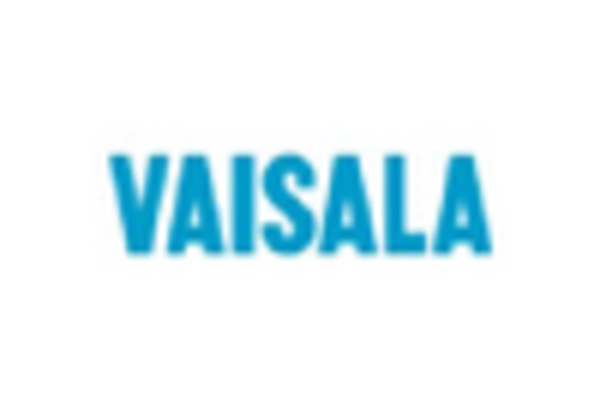








Leave a Comment